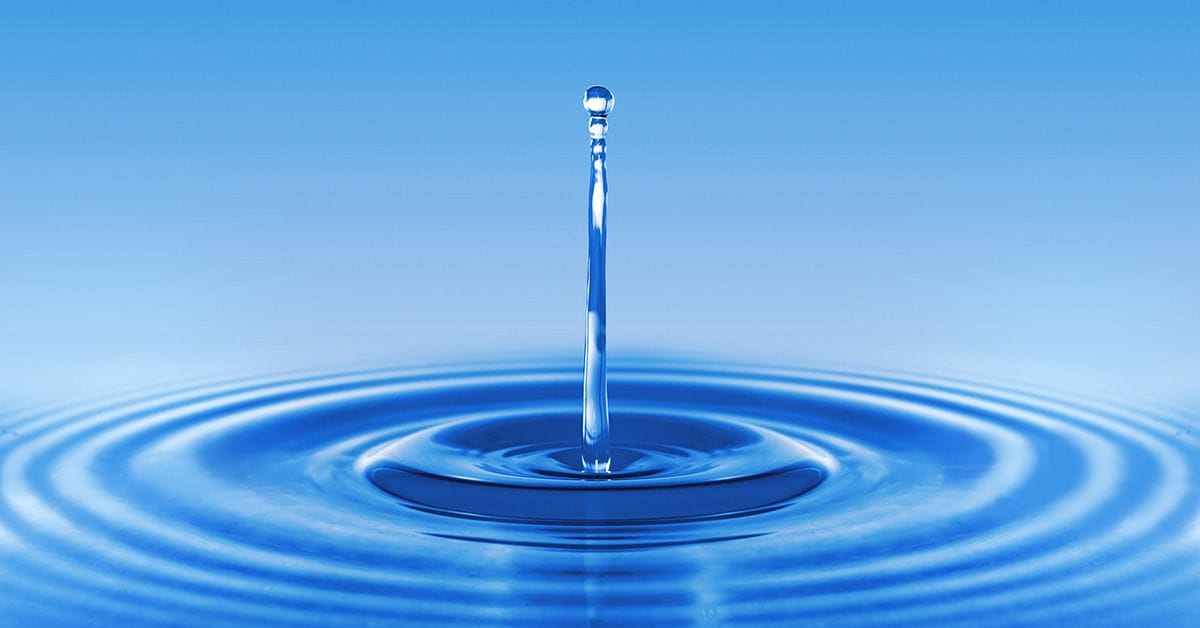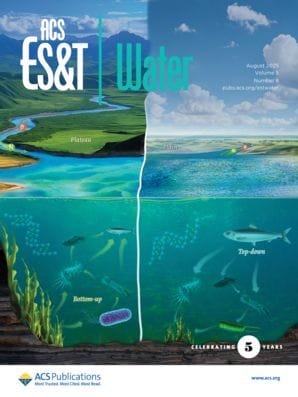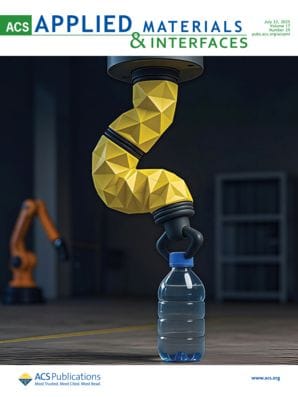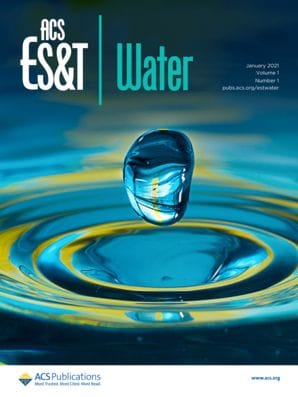Read five recent articles in ACS journals that provide new insights to help protect natural water sources and ensure that more people have access to safe drinking water.

Water is an essential requirement for life on Earth—it supports everything from cellular processes to ecosystems. Five papers published in ACS journals provide new insights to help protect natural water sources and ensure that more people have access to safe drinking water.
Reducing salt contamination of tidal rivers
Across the globe, the saltwater portion of tidal rivers—which rise and fall with the ocean tides—has been traveling farther upstream in the last few decades. Researchers publishing in Environmental Science & Technology Letters have identified three reasons: deeper water from rising sea levels or dredging, extreme climate events such as droughts or storm surges, and runoff from road salts or fertilizers. Because increasing salinity can threaten drinking water, agricultural water resources, and water infrastructure, the researchers propose monitoring salt concentrations in rivers to inform management strategies.

The Emerging Global Threat of Salt Contamination of Water Supplies in Tidal Rivers
DOI: 10.1021/acs.estlett.5c00505
Strategies for stormwater capture
Dry wells are underground water reservoirs meant to capture stormwater and replenish groundwater in flood- and drought-prone regions. A study published in ACS ES&T Water evaluates the effect of precipitation and location on dry well performance in Southern California. Results show that a series of dry wells along storm drain outlets maximizes stormwater capture during long-duration, moderate-intensity rainstorms. However, distributing dry wells evenly across an area of land would more effectively reduce street runoff and mitigate flooding.

Stormwater Capture Efficiency of Dry Wells and Effects of Precipitation Conditions and Deployment Strategies
DOI: 10.1021/acsestwater.5c00528
Monitoring plastic pollution with sea turtles
To better understand the impacts of marine plastic pollution, researchers publishing in Environmental Science & Technology have assessed sea turtle foraging habits. They found that certain types of plastic in the water, rather than the abundance of plastic, increase the chances of ingestion by sea turtles. Sea turtles are more likely to eat sheet-like flexible plastics, and smaller sea turtles are more likely to eat plastics because of their varied diet.

Bioindicators of Plastic Pollution: Insights into the Relationship between Environmental Plastic Abundance and Ingestion by Green Turtles (Chelonia mydas)
DOI: 10.1021/acs.est.5c01171
A trumpet flower-shaped fog harvester
Researchers in ACS Applied Materials & Interfaces drew inspiration from nature and developed a trumpet flower-shaped fog harvesting system. The system features an exterior water-repellent surface with water-attracting spots that capture droplets from fog. Then a V-shaped channel directs the water into a storage container and may eventually be used for drinking.

An Efficient Fog Collection Origami Janus Membrane for Rapid Directional Water Transport and Omnidirectional Fog Harvesting
DOI: 10.1021/acsami.5c10459
Hydrogel beads for water softening
Hard water contains high levels of calcium and magnesium, which can clog pipes, damage appliances and reduce the effectiveness of soaps and detergents. To remove these ions and soften water, researchers publishing in ACS ES&T Water developed reusable hydrogel beads. The beads removed up to 96% of water hardness and exhibited antimicrobial properties against Staphylococcus aureus and E. coli. The researchers say that the hydrogel beads offer an effective and safe alternative to ion-exchange resins, which can cause excessive sodium levels.

“Soft” Water Softening Sustainable Biogels
DOI: 10.1021/acsestwater.5c00208
